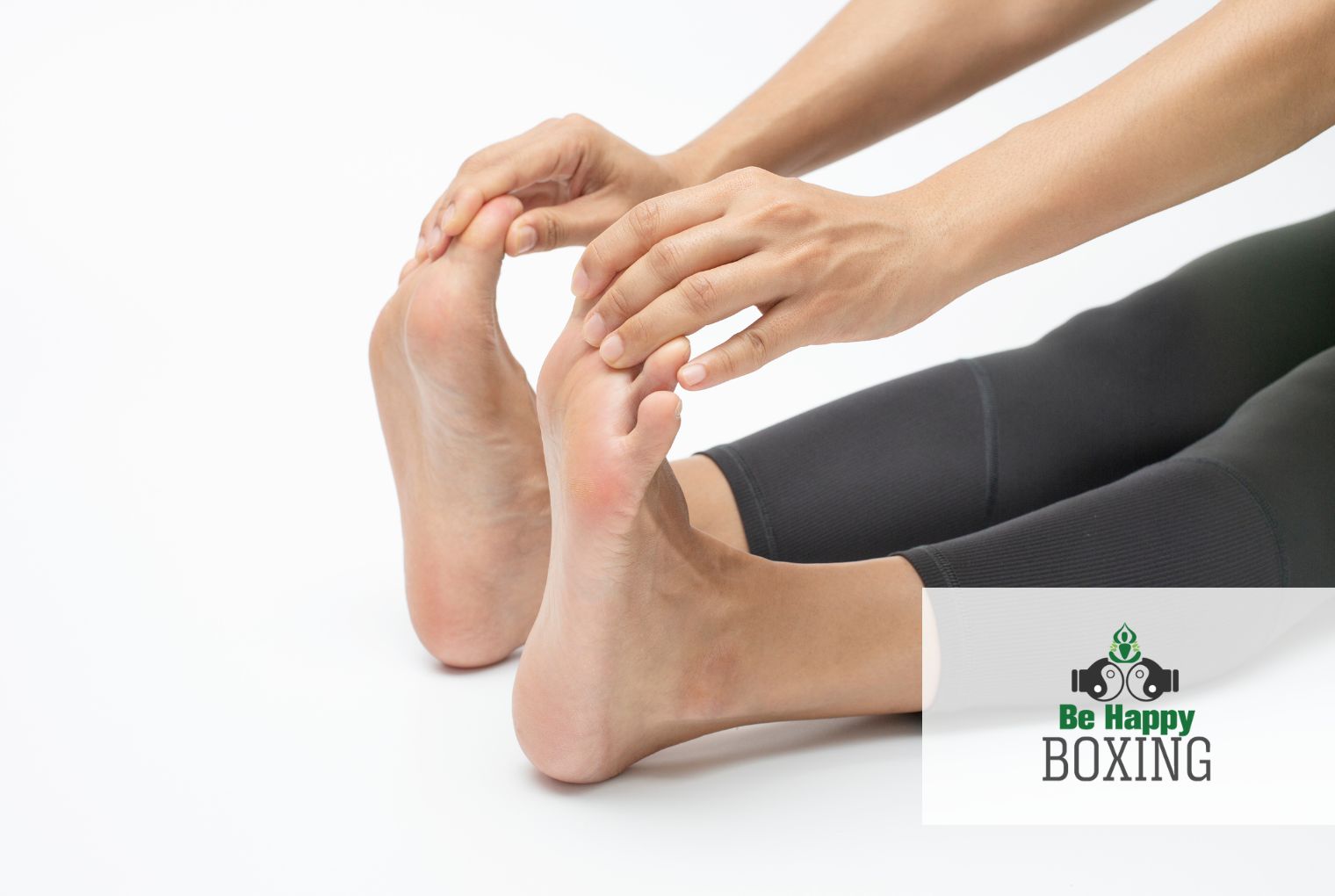Mobility training has become a fundamental part of fitness and general health programs. Unlike static flexibility, which focuses on stretching muscles, mobility training focuses on improving the active and functional range of motion of the joints. In this article, we will tell you everything you need to know about it: benefits of mobility exercise, techniques and how to incorporate it into your exercise routine.
Key takeaways
- Mobility training focuses on improving the active and functional range of motion of the joints.
- The benefits of mobility training include improved range of motion, injury prevention, sports performance, and posture correction.
- Different mobility techniques and exercises can be performed, such as joint mobility, dynamic stretches, and spinal mobility.
What is mobility training?
It refers to a series of exercises and techniques designed to improve range of motion, flexibility and joint stability. Unlike traditional stretching, which involves maintaining a static position, mobility training is based on active, controlled movements that involve strength, stability and coordination.
What are the benefits of mobility exercise?
Among the benefits of mobility exercise, the following stand out:
- Improved range of motion: Mobility training promotes increased flexibility, as well as the rate of mobility in the joints, allowing you to make larger and more efficient movements.
- Injury Prevention: By improving range of motion and joint stability, this type of training can help prevent both muscle and joint injuries. Greater mobility can reduce tension and stress on soft tissues during exercise or even everyday activities.
- Promotes sports performance: greater mobility can translate into better sports performance. By having a wider range of motion, as well as better stability, you can move more efficiently, generate more force, and perform technical movements more effectively.
- Perfects posture and biomechanics: another benefit of mobility exercise is that this training helps correct muscle imbalances, in addition to improving body alignment. This can result in better posture, a more balanced distribution of load on the joints, and, of course, more efficient biomechanics.
Mobility training techniques and exercises
1. Joint mobility: exercises that involve active and controlled movements in all major joints of the body. For example, arm circles, hip rotations, and leg adduction movements.
2. Dynamic stretches: as the name indicates, these are active stretches that involve repetitive and gentle movements, this is the case of dynamic lunges, leg swings or crossed arm movements.
3. Spinal mobility: these are the exercises that demonstrate flexion, extension, inclination and rotation movements of the spinal column. Some of them are: spinal torsion and spinal mobility exercises.
Other activities you can do to work on mobility are:
- Squats with rotation
- Lunges with twists
- Butterfly stretch
- Deep squat
- Cat-Cow Stretch
Executing all these techniques will help you see the benefits of mobility exercise.

Equipment you need to carry out this routine
To guarantee comfort, as well as greater quality when performing mobility and movement exercises, you must have the following implements:
Massage ball: it is best suited to relieve tension in hard-to-reach muscle groups.
Foam rollers: they are ideal for relaxing muscles.
Mat: It is a great option to avoid sitting or lying on the floor and thus be able to do the exercises more comfortably.
Yoga blocks: You can use them to support your body.
How can mobility training be incorporated?
To add mobility training to your exercise routine, be sure to follow these tips:
- Perform mobility exercises as part of your warm-up, this way you can prepare your joints and tissues for any physical activity.
- You can also incorporate them between your series of strength exercises or during breaks. This will help you maintain your range of motion and flexibility during your training session.
- It is recommended to perform these types of exercises during your active recovery days to promote blood circulation and even reduce muscle stiffness.
How long should mobility be practiced?
About how often should you do mobility exercises? Experts recommend doing mobility exercises five days a week for five or ten minutes, but two or three of these days, a longer practice (15 to 30 minutes) should be carried out. It is necessary to keep in mind that the frequency of training will depend on the level of physical condition and the person’s objectives. However, the most important thing is to start slowly and gradually increase the intensity. In this sense, discipline will be essential so that the expected results can be evident.
Summary
Mobility training has become essential in fitness and general health programs. It focuses on improving flexibility, range of motion, and joint stability through active, controlled movements. Benefits include improved athletic performance, injury prevention, and correction of muscle imbalances. Different mobility techniques can be performed, and it is recommended to incorporate these exercises into your training routine on a regular basis.
Frequently Asked Questions
What is mobility training?
Mobility training refers to a series of exercises and techniques designed to improve range of motion, flexibility, and joint stability through active, controlled movements. [1]
How can you incorporate mobility training into your exercise routine?
It can be incorporated by performing mobility exercises as part of the warm-up, between sets of strength exercises, or during active recovery days. It is recommended that these exercises are performed regularly to obtain the desired benefits. [2]
How long should mobility be practiced?
It is recommended to practice mobility exercises five days a week for five or ten minutes, with longer sessions of 15 to 30 minutes two or three times a week. The frequency of workouts will depend on your fitness level and personal goals. It is important to increase the intensity progressively and be constant to see results. [3]





